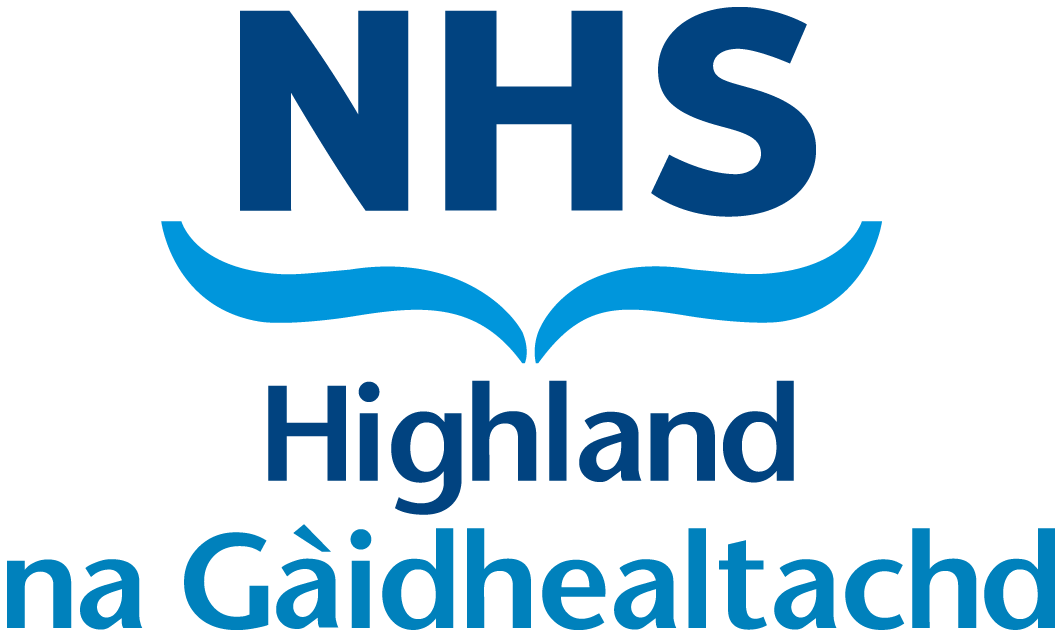All options of medication will be discussed with you when you meet your stop smoking adviser but below is a general overview.
There are three types of pharmaceutical products to help you quit:
- nicotine replacement therapy
- buproprion (Zyban)
- varenicline (Champix).
Whats the difference between the products?
NRT comes in the form of chewing gum, nasal spray, mouth spray, inhalator, microtabs, lozenges and patches.
- Nicotine patches are worn on the skin and deliver a regular dose of nicotine over 16 or 24 hours. The long-lasting action means they can be worn around the clock and can therefore help to prevent cravings. If you get strong cravings to smoke as soon as you wake up, a 24 hour patch may be best for you.
- Inhalators look like pens and can help if you miss the physical action of smoking. You insert a cartridge into the device and inhale nicotine vapour through the mouthpiece, normally starting with 6 to 12 cartridges a day.
- Lozenges release nicotine as they dissolve in the mouth. You normally start with one lozenge every one to two hours.
- Microtabs are tablets that dissolve under your tongue (sublingual tablets). They can be more discreet than lozenges. You normally start with one to two tablets per hour, up to a maximum of 40 per day.
- Chewing gums are used when you would normally reach for a cigarette. The gum needs to be chewed in the special way described in the pack, not like normal chewing gum.
- Nasal spray is used to give more rapid relief from cravings. Previously only available on prescription, it delivers nicotine more quickly than all the other NRT products. You can use it once in each nostril up to twice an hour.
- Mouth spray is a new option for use when you would normally reach for a cigarette. You spray it directly into the mouth to provide fast relief from cravings. You can start with one or two sprays up to twice an hour, up to a maximum of 64 sprays in 24 hours.
Side effects
As with all medicines, nicotine products may cause side effects, though sometimes these may be difficult to distinguish from withdrawal symptoms associated with stopping smoking. Common side effects with all products are headache, nausea and dizziness.
In addition patches can cause skin rashes and irritation and the nasal spray can cause nosebleeds, sneezing, sore throat, runny nose and watery eyes.
Nicotine from lozenges, microtabs, gums and inhalators may irritate the mouth and throat and cause dryness.
These products can also increase the production of saliva at the start of treatment, and excessive swallowing of nicotine in this saliva can cause nausea, indigestion and hiccups.
What is Zyban?
Bupropion is a prescription-only medicine that was originally intended as an antidepressant.
Its ability to help people stop smoking came about by chance when participants in the early clinical trials lost their desire to smoke.
Its not known exactly how Zyban works, but its thought to interrupt the areas of the brain that are associated with addiction and the pleasurable effects of nicotine.
This reduces the desire to smoke and dampens the physical symptoms of nicotine withdrawal.
Pros and cons
Zyban is an alternative to NRT and doesnt contain nicotine. As a relatively new drug, doctors and pharmacists have less experience with it than with NRT.
Like all medicines, it has side effects, which may put some people off using it. There are also some people who arent suitable for this type of medicine.
Side effects of Zyban
- Common side effects include fever, nausea, agitation, anxiety, dry mouth, headache, skin rashes and constipation. It can also intensify the sleep problems that many people encounter when they stop smoking.
- The most serious side effects are convulsive fits, which affect approximately 1 person in 1000.
- Zyban should not be used by people with epilepsy, liver problems or with eating disorders such as bulimia and anorexia.
For more detailed information on side effects and interactions, read the leaflet that comes with this medicine.
What is Champix?
Champix (Varenicline) is a prescription-only medicine. Varenicline works by:
- stimulating the same receptors in the brain as nicotine. This relieves the craving and withdrawal symptoms that you can get when you stop smoking.
- blocking nicotines action on these receptors. This means you wont get any enjoyable effect from nicotine if you do have a cigarette.
Pros and cons
Like Zyban, Champix is an alternative to NRT and doesnt contain nicotine.
In clinical trials reported so far, more people have quit successfully with Champix than with Zyban. Champix has not yet been compared to NRT.
On the negative side, some people found that after they stopped taking Champix:
- the urge to smoke returned
- they felt irritable
- they felt depressed
- they had sleeping difficulties.
Gradually lowering the dose at the end of treatment may help to reduce these problems.
Like all medicines, Champix has side effects, which may put some people off using it. There are also some people who arent suitable for this type of treatment.
Side effects of Champix
- Nausea is the most common side effect, usually in the first few weeks of treatment. It should improve as you continue to take the tablets.
- Other common side effects include headache, difficulty sleeping, abnormal dreams, increased appetite, taste changes, dry mouth, drowsiness, tiredness, dizziness, and gut disturbances such as constipation, diarrhoea or indigestion.
